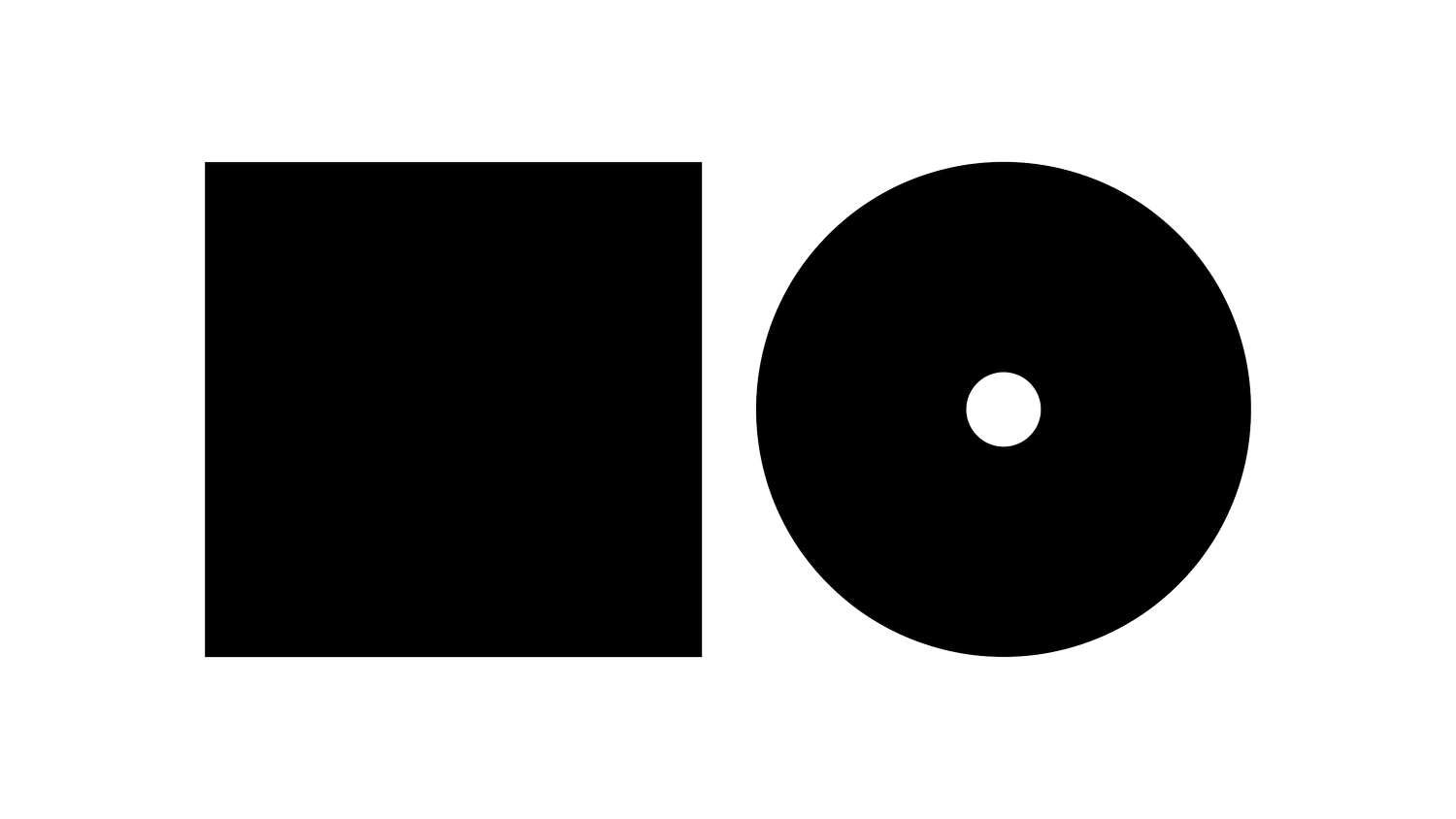P R O L E A R N
The Internet of Things (IoT) refers to a network of physical objects embedded with sensors, software, and network connectivity, enabling them to collect and exchange data. This interconnected system of devices ranges from everyday household items to sophisticated industrial machinery.
Key Characteristics
Connectivity: Devices connect to the internet and each other, often using low-power, wide-area networks (LPWANs).
Sensing: IoT devices are equipped with sensors to collect data about their environment.
Data Analytics: The vast amount of data collected is analysed to gain insights and optimised processes.
Benefits
Enhanced Efficiency: IoT can improve operational efficiency by up to 30% through real-time monitoring and automation.
Cost Savings: Predictive maintenance enabled by IoT can reduce maintenance costs by up to 25%.
Improved Decision Making: Data-driven insights from IoT devices can lead to better-informed business decisions.
Challenges and Considerations
Security Concerns: IoT devices can be vulnerable to cyber attacks, necessitating robust security measures.
Data Privacy: The collection of vast amounts of data raises concerns about user privacy.
Interoperability: Ensuring different IoT devices and systems can work together seamlessly.
Innovative Applications
Smart Cities: IoT sensors optimise traffic flow, waste management, and energy use in urban areas.
Industrial IoT (IIoT): Enhances manufacturing processes through real-time monitoring and predictive maintenance.
Healthcare: Wearable devices and remote monitoring improve patient care and health outcomes.
Future Outlook
As IoT technology advances, we can expect to see more integration with AI and machine learning, leading to even smarter and more autonomous systems. The rollout of 5G networks will also significantly enhance IoT capabilities, enabling faster data transfer and more connected devices.
Call to Action:
Evaluate your current operations to identify opportunities for IoT integration. Consider pilot projects that leverage IoT technology to improve efficiency, gather valuable data, or enhance user experiences in your industry.





